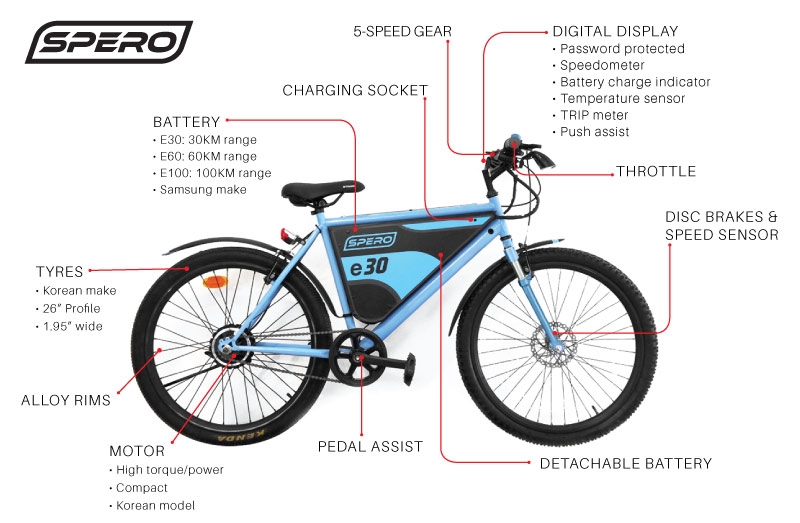A Newcomer'S Resource On E-Bike Legalities And Rules In Your Neighborhood

Post Author-Spivey Thompson
Before you get on your e-bike and hit the streets, it's essential to understand the legislations and laws that govern your city. From speed limitations to marked riding areas, there's a lot to consider to ensure you're certified and secure. By acquainting yourself with the policies specific to e-bikes, you'll be much better furnished to appreciate your adventures without any unanticipated lawful issues. Remain tuned to find essential understandings that will help you navigate the e-bike landscape in your city perfectly.
Understanding E-Bike Classification
When it pertains to browsing the realm of e-bike regulations and laws, a crucial beginning factor is recognizing the category system that categorizes these electric bikes. use this link -bikes are usually classified right into 3 main groups: Class 1, Class 2, and Class 3.
Course 1 e-bikes are pedal-assist only, implying they give support while the rider is pedaling and have a maximum speed of 20 mph. These bikes are allowed locations where standard bicycles are permitted.
Class 2 e-bikes are geared up with a throttle that can thrust the bike without pedaling. They also have a maximum speed of 20 mph and are suitable for riders that may need support without pedaling constantly.
Course 3 e-bikes are similar to Course 1 yet with a higher maximum speed of 28 mph. These bikes are often restricted from particular bike paths or routes as a result of their higher rates.
Understanding these categories is crucial for abiding by regional guidelines and making certain a risk-free and pleasurable e-biking experience.
Navigating Rate Restrictions and Restrictions
To efficiently browse e-bike regulations and regulations, it's essential to recognize the speed limitations and restrictions that apply to various courses of electrical bikes.
Speed limitations for e-bikes vary depending on the classification of the bike. Course 1 e-bikes, which are pedal-assist only and have a maximum speed of 20 mph, are commonly allowed on bike lanes and courses.
Course 2 e-bikes, which have a throttle along with pedal-assist and additionally get to speeds of approximately 20 miles per hour, might be limited in specific locations where motorized vehicles aren't allowed.
Class 3 e-bikes, with pedal-assist approximately 28 miles per hour, are generally called for to adhere to the exact same rules as conventional bikes.
It's important to comply with these rate limitations and constraints to guarantee your safety and the security of others when traveling. Prior to riding your e-bike, acquaint on your own with the details regulations in your city to avoid any prospective penalties or lawful issues.
Where to Trip Your E-Bike
To determine where you can ride your e-bike, it's vital to be aware of the guidelines and guidelines particular to your location. In most locations, e-bikes are usually allowed on roadways and streets where standard bicycles are allowed. This might include bike lanes, bike paths, and shared roadways. Nevertheless, it's essential to check neighborhood regulations as some cities may have particular limitations on where e-bikes can be ridden.
When riding Get More -bike, always focus on safety and security by following website traffic rules and appreciating pedestrian walkways. Additionally, be mindful of any assigned bike lanes or courses in your area and utilize them whenever possible to guarantee a smoother and much safer experience.
Some cities also have guidelines pertaining to e-bike usage on sidewalks, so make certain to familiarize on your own with these guidelines to prevent any type of penalties or charges.
Final thought
Now that you know with the legislations and laws surrounding e-bikes in your city, you can confidently hit the road knowing where you can ride and what restrictions relate to your e-bike category. Bear in mind to always focus on security and adhere to the guidelines to ensure a smooth and lawful trip. e bikes fat tire riding!

